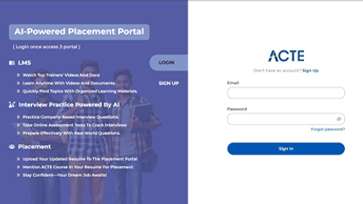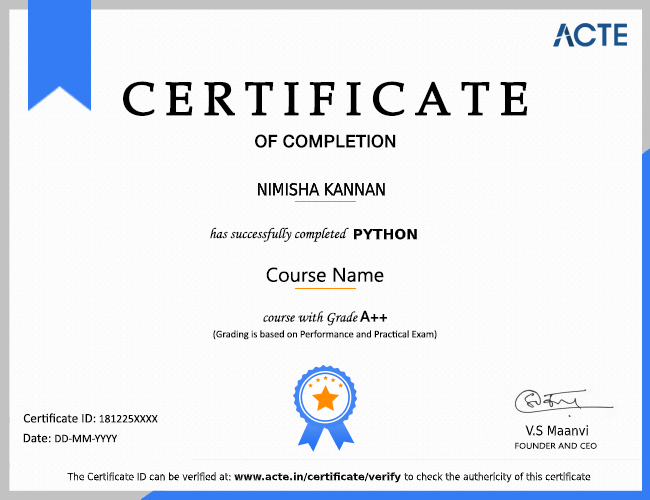Syllabus of Windows PowerShell Automation Course in
Module 1: Getting Started with Windows PowerShell
- 1. Overview and Background
- 2. Finding and Learning Commands
- 3. Running Commands
Module 2: Working with the Pipeline
- 1. Understanding the Pipeline
- 2. Selecting, Sorting, and Measuring Objects
- 3. Converting, Exporting, and Importing Objects
- 4. Filtering Objects Out of the Pipeline
- 5. Enumerating Objects in the Pipeline
Module 3: Understanding How the Pipeline Works
- 1. Passing Data in the Pipeline By Value
- 2. Passing Data in the Pipeline By Property Name
- 3. Pass data by using the ByValue technique
- 4. Pass data by using the ByPropertyName technique
Module 4: Using PSProviders and PSDrives
- 1. Using PSProviders
- 2. Using PSDrives
- 3. Explain the purpose and use of PSProviders
- 4. Explain the purpose and use of PSDrives
Module 5: Formatting Output
- 1. Using Basic Formatting
- 2. Using Advanced Formatting
- 3. Redirecting Formatted Output
- 4. Format command output by using basic formatting commands
- 5. Format command output by using advanced formatting options
- 6. Redirect formatted output
Module 6: Querying Management Information by Using WMI and CIM
- 1. Understanding WMI and CIM
- 2. Querying Data with WMI and CIM
- 3. Making Changes by Using WMI and CIM
- 4. Explain the differences between WMI and CIM
- 5. Query management information by using WMI and CIM
- 6. Invoke methods by using WMI and CIM
Module 7: Preparing for Scripting
- 1. Using Variables
- 2. Scripting Security
- 3. Create, use, and manage variables
- 4. Configure shell scripting security
Module 8: Moving From a Command to Script to Module
- 1. Moving From Command to Script
- 2. Moving From Script to Function to Module
- 3. Implementing Basic Error Handling
- 4. Using Basic Scripting Constructs
- 5. Exploring Other Scripting Features
- 6. Move from Command to Script
- 7. Move from Script to Function to Module
- 8. Implement basic error handling
- 9. Implement basic scripting constructs
- 10. Explain additional advanced Windows PowerShell scripting features
Module 9: Administering Remote Computers
- 1. Using Basic Remoting
- 2. Using Advanced Remoting Techniques
- 3. Using Remoting Sessions
Module 10: Putting it All Together
- 1. Provisioning a New Server Core Instance
- 2. Plan your Windows PowerShell Script
- 3. Configure Server Core computers using Windows PowerShell
Module 11: Using Background Jobs and Scheduled Jobs
- 1. Using Background Jobs
- 2. Using Scheduled Jobs
- 3. Create and manage Background Jobs
- 4. Create and manage Scheduled Jobs
Module 12: Using Profiles and Advanced PowerShell Techniques
- 1. Using Advanced PowerShell Techniques
- 2. Creating Profile Scripts
- 3. Working With Alternative Credentials
- 4. Manipulate data and objects by using advanced techniques and operators
- 5. Create and manage profile scripts
- 6. Connect to remote computers by using alternative credentials
































